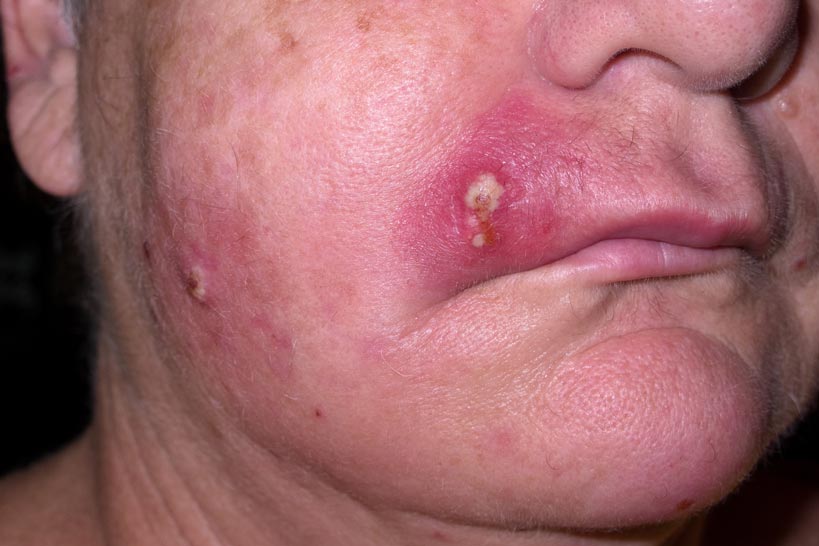Advertisment
Staphylococcus aureus treatment with oral antibiotics appears promising

New research indicates that, among patients with Staphylococcus aureus (SAB) bloodstream infections who are deemed to be at low risk of developing infectious complications, an early switch to oral antibiotic therapy can be as effective and safe as ongoing intravenous treatment.
The standard intravenous treatment of SAB with antibiotics happens in hospital for at least 14 days.
The findings were published on Jan. 18, 2024 in The Lancet Infectious Diseases.
“We found that an early switch to oral antibiotic therapy after 5 to 7 days of intravenous treatment is as safe and effective as the established standard intravenous therapy,” said Professor Dr. Achim Kaasch, Head of the Institute for Medical Microbiology and Hospital Hygiene at the Otto von Guericke University of Magdeburg (Germany). However, he cautioned, careful evaluation of patients for signs and symptoms of existing infectious complications is crucial to determine eligibility for oral therapy.
Investigators in Germany, France, the Netherlands, and Spain, enrolled adult patients with low-risk S aureus bloodstream infection and randomized them after 5–7 days of intravenous antimicrobial therapy to alternative oral antimicrobial therapy or to ongoing intravenous standard therapy.
The primary endpoint of the study was the occurrence of any complication related to S aureus bloodstream infection (relapsing S aureus bloodstream infection, deep-seated infection, and mortality attributable to infection) within 90 days.
Of 5,063 subjects with S aureus bloodstream infection who were assessed for eligibility for the study, 213 were randomized to switch to oral therapy (n=108) or to continue intravenous therapy (n=105).
In the oral switch cohort, 14 (13%) subjects met the primary endpoint versus 13 (12%) in the intravenous group, a statistically non-significant difference.
In the oral switch group, 36 (34%) of the subjects had at least one serious adverse event compared with 27 (26%) of the subjects in the intravenous group. The difference was not statistically significant.
The authors concluded, “Oral switch antimicrobial therapy was non-inferior to intravenous standard therapy in participants with low-risk S aureus bloodstream infection. However, it is necessary to carefully assess patients for signs and symptoms of complicated S aureus bloodstream infection at the time of presentation and thereafter before considering early oral switch therapy.”





